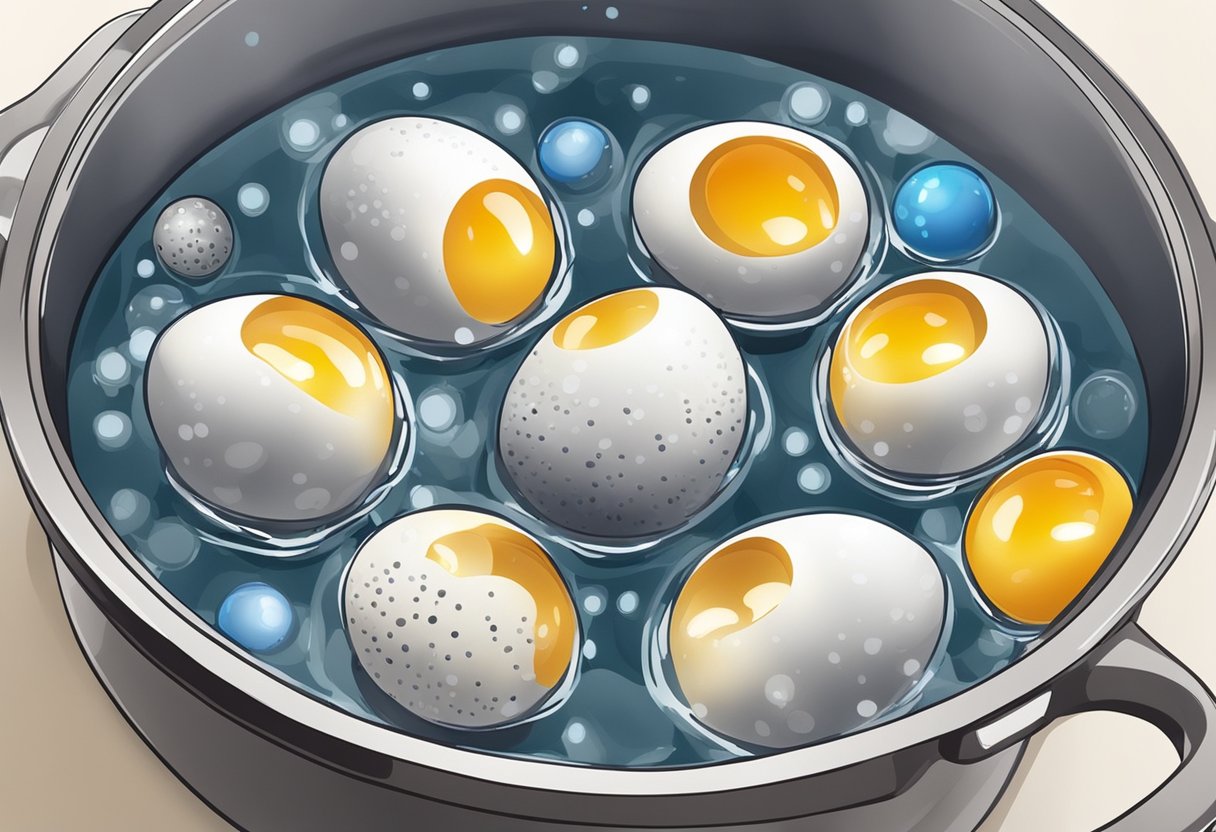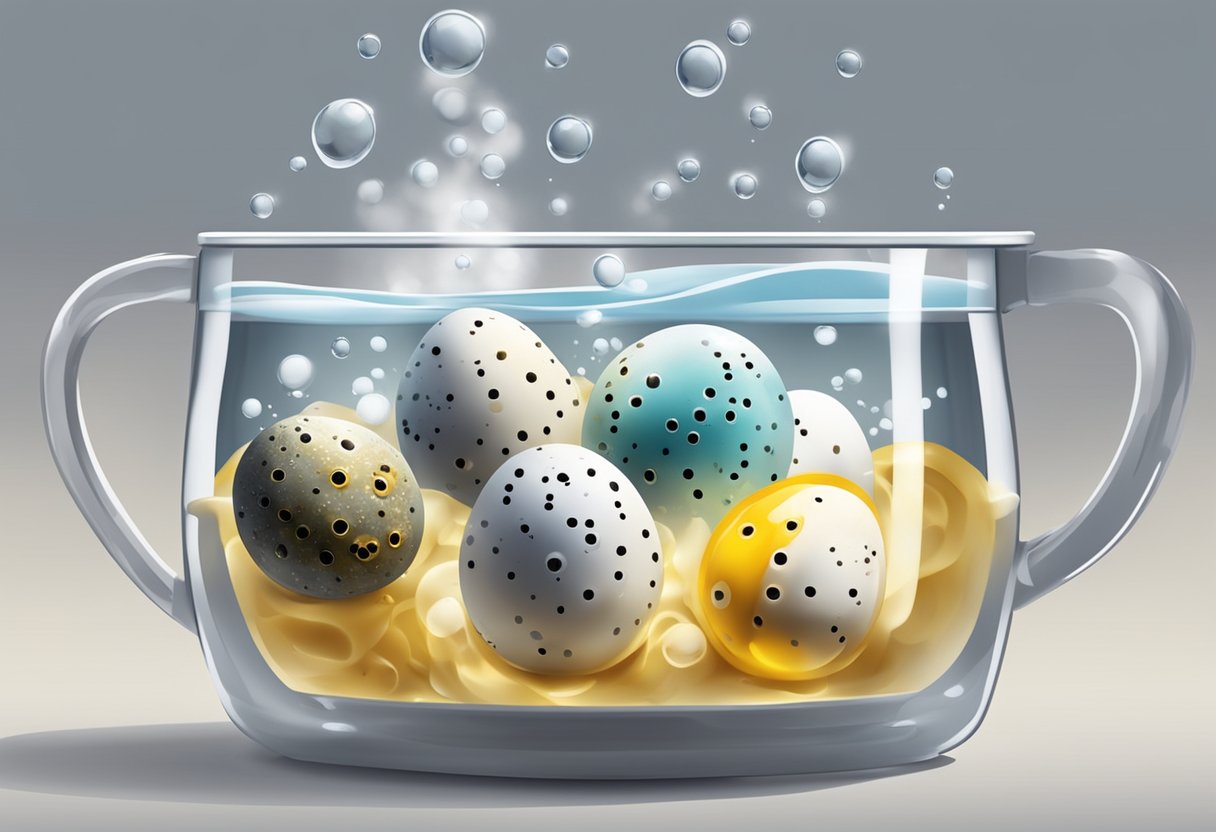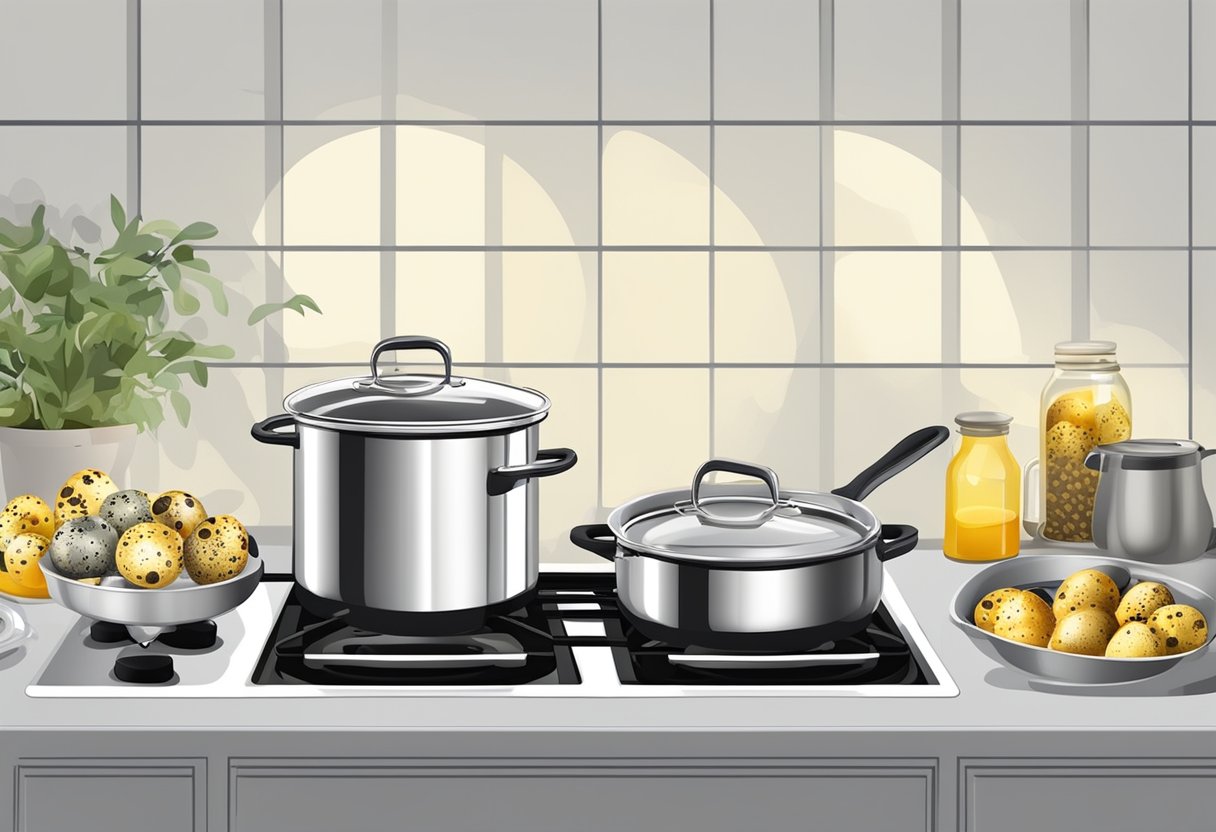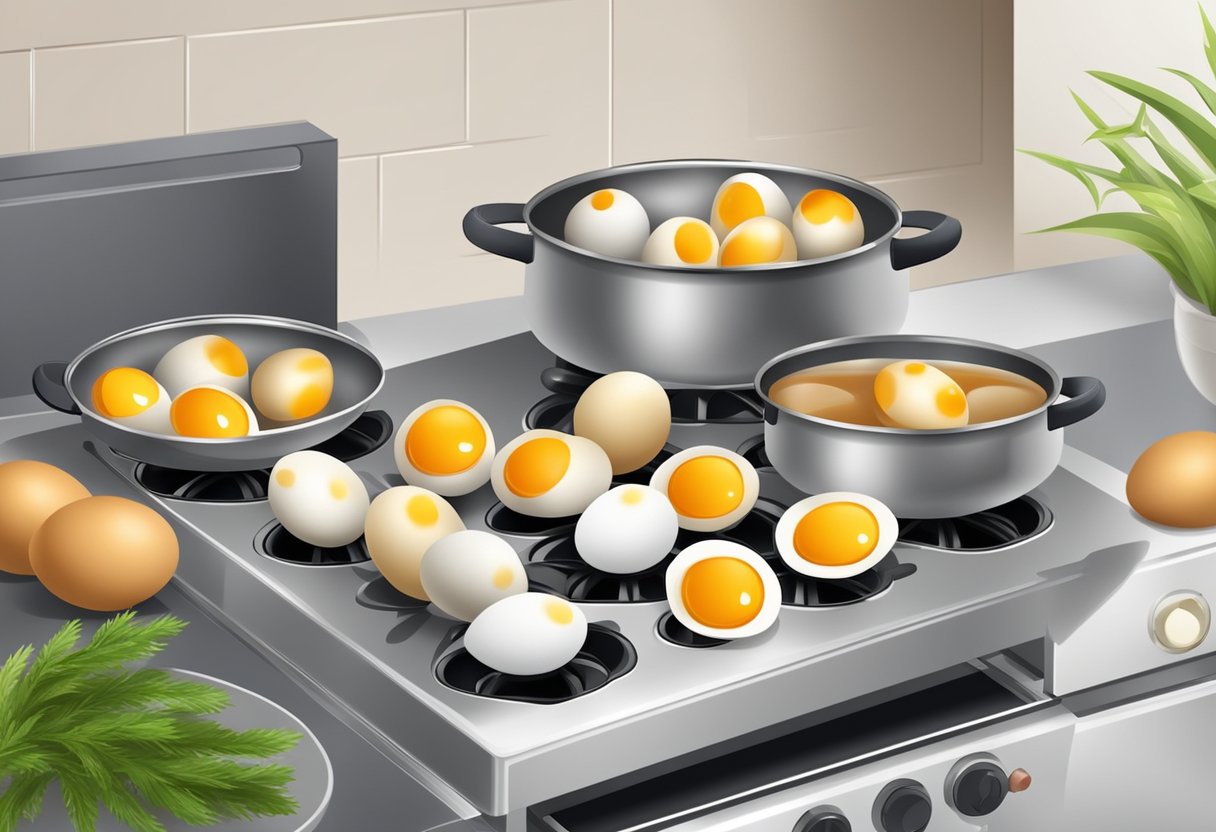Quail eggs are a nutritious and delicious addition to any meal. They are small in size but pack a punch in terms of protein and nutrients. Boiling quail eggs is a popular way to prepare them, but how long should they be boiled for?

The answer to this question depends on personal preference and the desired level of doneness. Some people prefer their quail eggs soft-boiled with a runny yolk, while others prefer them hard-boiled with a fully cooked yolk. It is important to note that quail eggs cook faster than chicken eggs due to their smaller size.
In addition to their protein content, quail eggs are also a good source of vitamin B12 and iron. They have a unique taste that is often described as richer and creamier than chicken eggs. Knowing how long to boil quail eggs can help ensure that they are cooked to perfection and enjoyed to their fullest potential.
Preparing Quail Eggs for Boiling

Boiling quail eggs is a simple process that requires minimal preparation. However, it is important to take certain precautions to ensure that the eggs are safe to eat. In this section, we will discuss the steps involved in preparing quail eggs for boiling.
Choosing the Right Quail Eggs
When selecting quail eggs for boiling, it is important to choose eggs that are fresh and free from cracks. Fresh eggs will have a firm white and a rounded yolk. If the egg is cracked, bacteria can enter and contaminate the egg, increasing the risk of foodborne illness.
Cleaning and Safety Precautions
Before boiling quail eggs, it is important to clean the eggs thoroughly to remove any dirt or bacteria that may be present on the surface of the eggshell. This can be done by gently washing the eggs under running water or wiping them with a damp cloth.
It is also important to take safety precautions when handling raw quail eggs. Salmonella is a common bacteria that can be found on the surface of eggs and can cause food poisoning. To reduce the risk of contamination, it is recommended to wash your hands thoroughly before and after handling raw eggs and to use separate equipment for handling raw and cooked eggs.
In summary, when preparing quail eggs for boiling, it is important to choose fresh eggs that are free from cracks and to clean them thoroughly before handling. By following these simple steps, you can ensure that your quail eggs are safe to eat and delicious.
Boiling Techniques

When it comes to boiling quail eggs, there are different methods that can be used to achieve different levels of doneness. Here are the three main methods for boiling quail eggs:
Soft-Boil Method
The soft-boil method is used when a partially cooked egg with a runny yolk is desired. To achieve this, quail eggs should be boiled for 2-3 minutes in boiling water. Once the time is up, the eggs should be immediately removed from the boiling water and placed in a bowl of ice water to stop the cooking process.
Medium-Boil Method
The medium-boil method is used when a slightly firmer yolk is desired. Quail eggs should be boiled for 4-5 minutes in boiling water. Once the time is up, the eggs should be immediately removed from the boiling water and placed in a bowl of ice water to stop the cooking process.
Hard-Boil Method
The hard-boil method is used when a fully cooked egg is desired. Quail eggs should be boiled for 6-7 minutes in boiling water. Once the time is up, the eggs should be immediately removed from the boiling water and placed in a bowl of ice water to stop the cooking process.
It is important to note that the time required to boil quail eggs may vary depending on the size of the eggs and the altitude at which they are being cooked. It is always best to keep an eye on the eggs while they are boiling and adjust the time accordingly.
Additionally, it is recommended to use a timer to ensure accuracy when boiling quail eggs. A timer can help to prevent overcooking or undercooking the eggs.
Overall, boiling quail eggs is a simple and straightforward process that can be achieved with ease using the above techniques.
Post-Boiling Procedures

After boiling quail eggs, it is important to follow proper post-boiling procedures to ensure that the eggs are cooled and peeled correctly. This section will cover two important aspects of post-boiling procedures: cooling quail eggs and peeling techniques.
Cooling Quail Eggs
Once the quail eggs have been boiled for the recommended amount of time, they should be immediately transferred to a bowl of ice-cold water. This will cool the eggs rapidly and prevent them from overcooking. The eggs should be left in the ice water for at least 5 minutes.
After the eggs have been cooled, they should be patted dry with a paper towel. This will remove any excess moisture and make them easier to peel.
Peeling Techniques
Peeling quail eggs can be a bit tricky due to their small size and delicate shells. However, with the right technique, it can be done quickly and easily.
To peel a hard-boiled quail egg, gently tap the shell on a hard surface to crack it all over. Then, roll the egg between your palms to loosen the shell. Next, use a paring knife to carefully peel away the shell and membrane, starting at the wider end of the egg.
If you’re having trouble peeling the eggs, try running them under cold water while peeling. This can help to loosen the shell and make it easier to remove.
Overall, with a little practice and patience, peeling quail eggs can become a breeze. By following these post-boiling procedures, you can ensure that your quail eggs are perfectly cooked and ready to enjoy.
Serving and Storage

Creative Serving Ideas
Boiled quail eggs can be served in a variety of ways, making them a versatile and tasty addition to any meal or snack. They can be enjoyed on their own as a quick and easy snack, or used in recipes such as salads, canapés, and scotch quail eggs.
For a simple snack, try serving boiled quail eggs with a sprinkle of salt and pepper, or with a side of hot sauce for a spicy kick. They can also be sliced in half and topped with a dollop of mayonnaise or mustard for added flavor.
In salads, boiled quail eggs can add a pop of color and protein. Try adding them to a classic Cobb salad or a Nicoise salad for a unique twist. They can also be used in canapés, topped with smoked salmon or caviar for an elegant appetizer.
For a more substantial dish, try making scotch quail eggs, which are boiled quail eggs wrapped in sausage meat and breadcrumbs and then deep-fried. They make a delicious and hearty snack or appetizer.
Storing Boiled Quail Eggs
To store boiled quail eggs, it is important to keep them in an airtight container in the refrigerator. They can be stored for up to a week, making them a convenient snack or addition to meals throughout the week.
When storing boiled quail eggs, it is important to label the container with the date they were boiled, to ensure they are used before they spoil. It is also important to avoid storing them near strong-smelling foods, as they can absorb odors easily.
Boiled quail eggs can also be frozen for up to three months, making them a great make-ahead option for recipes and snacks. To freeze boiled quail eggs, simply peel them and place them in a freezer-safe container. When ready to use, allow them to thaw in the refrigerator overnight before using in recipes or as a snack.